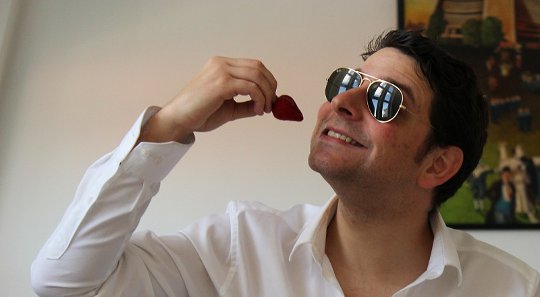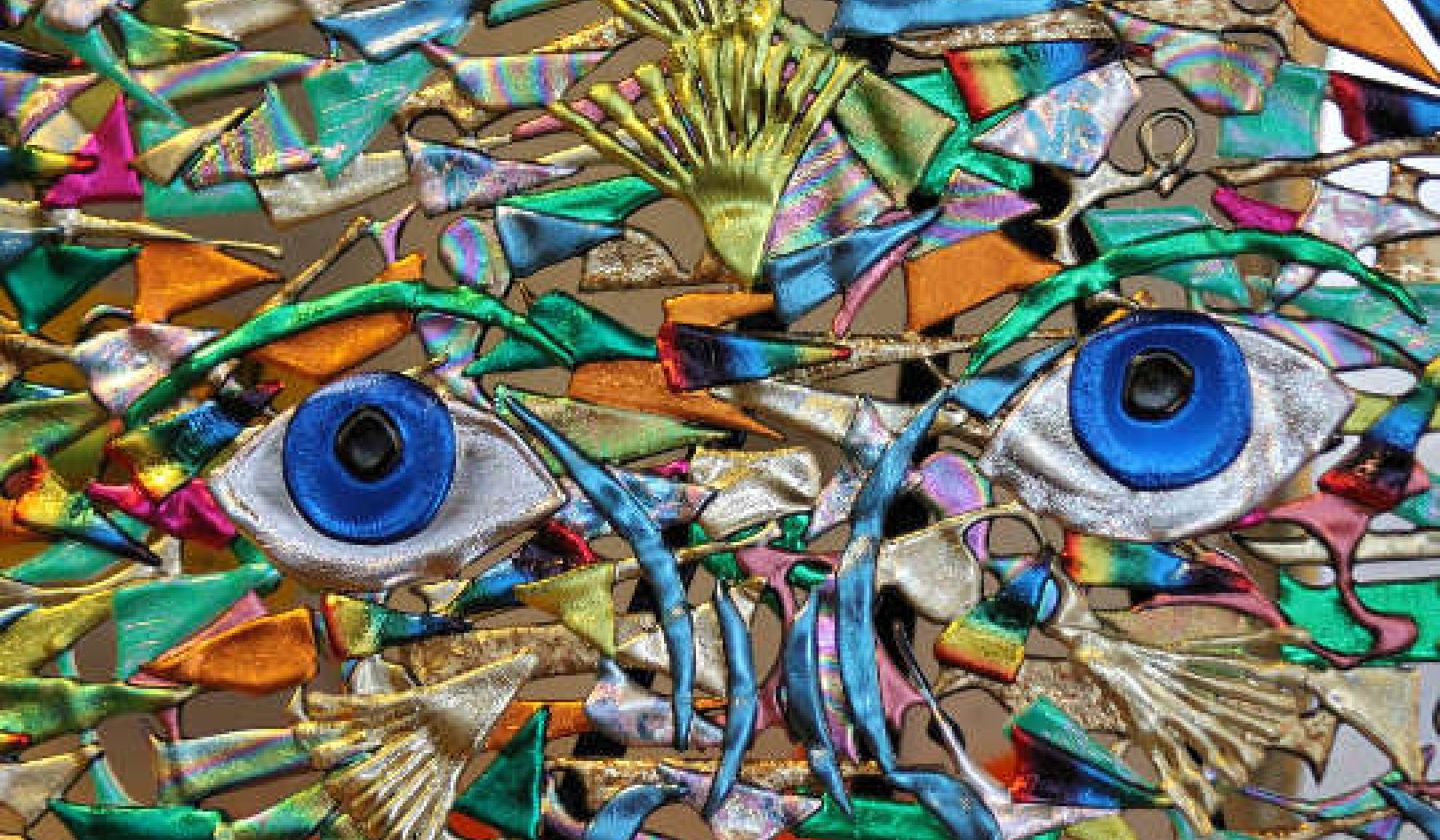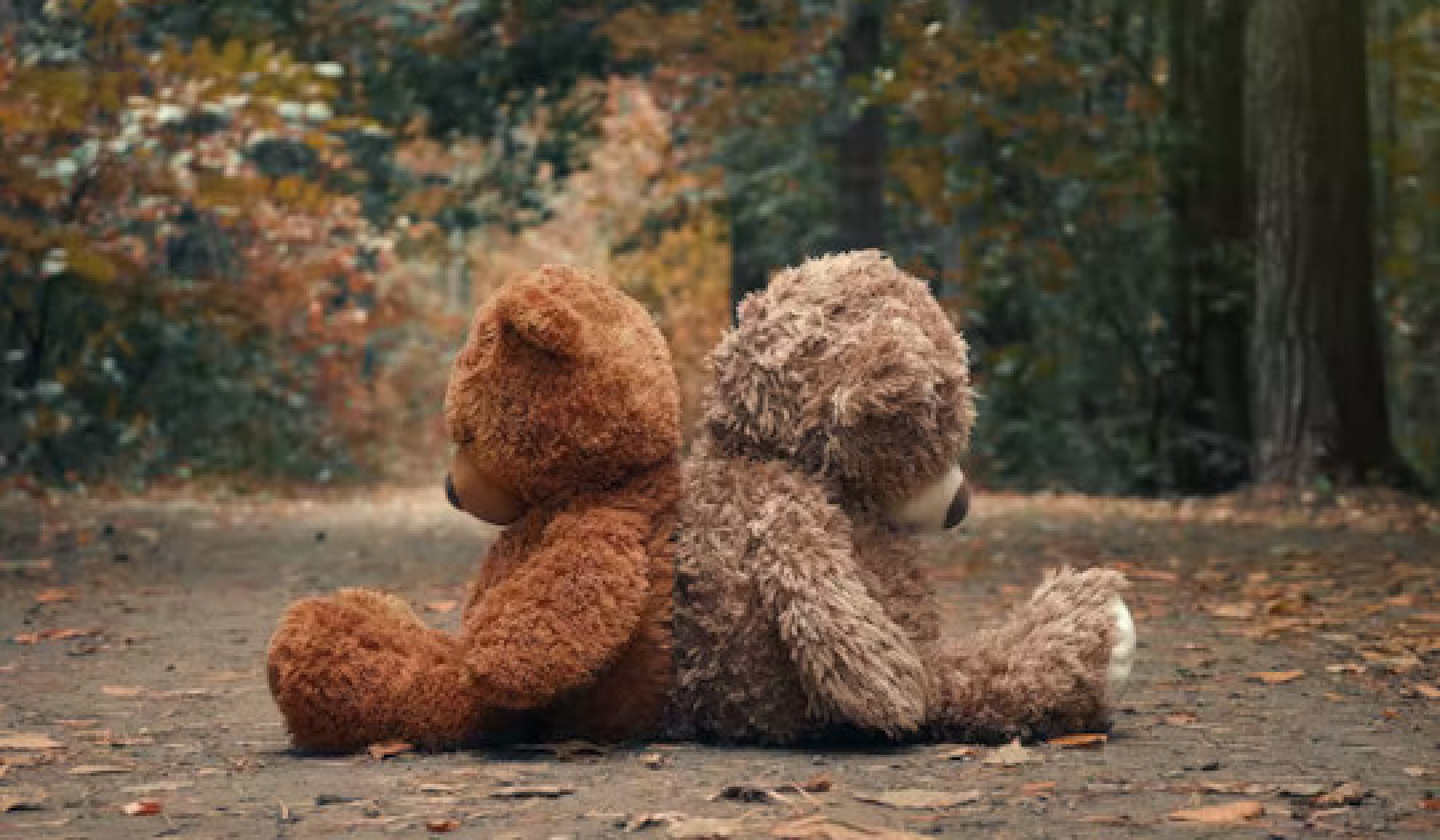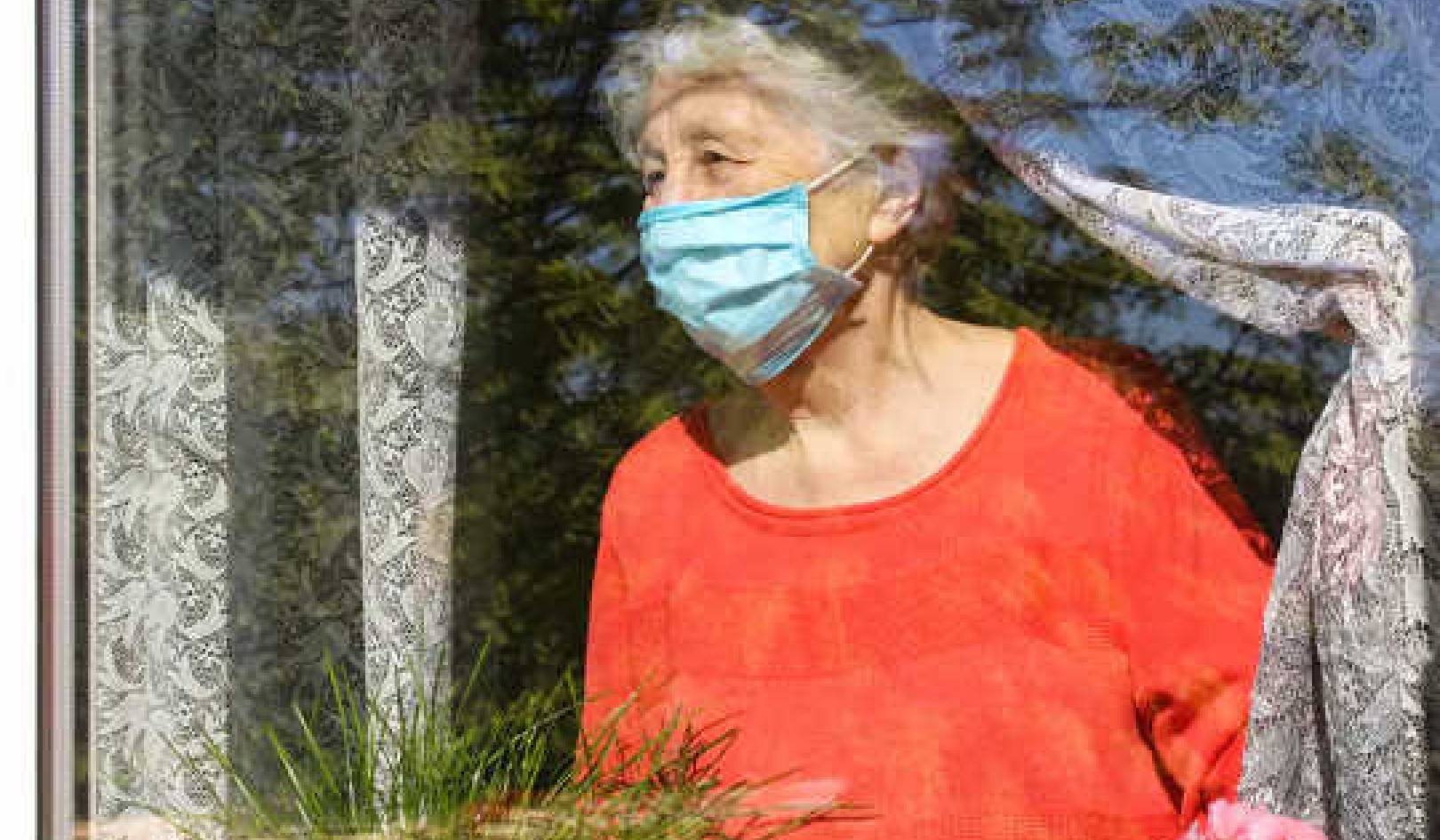
Mindfulness just observes exactly
what is there without distortion.
-- Bante Gunaratana
In order to gain more insight into what we are doing and why, it is important to develop a quality of mindfulness. Increased awareness brings greater equanimity into our lives.
Mindfulness is about developing a continuous awareness of all the tasks we do and the thoughts we have during the course of a normal day. We should pay the most attention to what we do automatically — like drinking a cup of tea, going to the lavatory, washing the dishes, running up and down stairs. So often we do not have our minds on what we are doing — our bodies are doing one thing and our minds are on a totally different tack, which creates disharmony. In order to turn off our “automatic pilot”, we need to develop more awareness of what we are doing, to do things more slowly, so that we can see each part of the routine action more clearly. Try doing tasks as though for the first time, so that they require your full concentration.
How often do you get to the top of the stairs and do not remember why you went up there in the first place? Have you ever overslept for ten minutes, got up in a rush, and spent the rest of the day catching up? If we become conscious of each change and reaction that takes place in the body, we can see things as they arise rather than after they have happened.
Exercise in Mindfulness
Choose something you do without thinking regularly during the day — such as making a cup of coffee. Start by making a resolution that you are going to follow through this exercise without interruptions. Do it with careful attention, very slowly, and notice each part of the task as you do it. See how easy it is to speed up again as you forget that you are trying to do it slowly!
Take the kettle and fill it with water, turning the tap on slowly, turning it off with great caution. Place the kettle back on the stove without a bump; wait for it to boil. Don’t go off and do ten jobs while it comes to the boil. Take out your cup and place the coffee filter into it and very carefully pour the water onto it. Wait for it to drip for the required amount of time, and then put the filter in the trash can. Walk slowly over to the refrigerator, open the door carefully, take out the milk and close the door. Walk back to the cup and pour in the milk as slowly as you can, and then return it to the refrigerator.
Sit down. Wait. Pick up the cup carefully, as though it would break if you touched it forcefully. Bring the cup to your mouth very slowly. Sip the coffee and really taste it, feel the texture of it, notice the temperature of it. Place the cup down, wait, pause, pick it up again and continue like this until you have finished. Notice how often during this simple routine your mind wanders on to something else.
Be aware of:
• your impatience at the slow speed,
• what it feels like to be attentive to this task,
• how often your mind wanders off elsewhere.
If you do this a number of times, you will recognize that we spend very little time in the present. So much of the day is spent doing things physically, while the mind is somewhere else, leading to confusion, forgetfulness, and a feeling of not being in control.
Other ways of developing mindfulness are to listen to ourselves and to ask:
• what am I doing?
• why am I doing it?
• do I listen well to others?
Reflect inward more frequently and check in to what is going on inside. Try to make space between tasks that you do, consciously completing one before you start the next. Finish the day by recapping what you have done during the day.
Copyright. Published by Ulysses Press.
Ulysses Press/Seastone Books are available
at bookstores throughout the US, Canada, and the UK,
or can be ordered from Ulysses Press by calling 800-377-2542,
or email
Website: http://www.ulyssespress.com
Article Source
Discover Shiatsu (First-Step Handbook to Better Health)
by Catherine Sutton.
 * Basis principles
* Basis principles
* Healthful effects
* Real-life techniques
* The story of Shiatsu
Info/Order this book (on Amazon)
Related Books
About The Author
 Catherine Sutton runs a private shiatsu clinic in Dublin, Ireland. She studied Shiatsu (acupuncture without needles) in London and worked as a Shiatsu therapist for many years and co- founded the Irish School of Shiatsu in 1991. She is also co-founder of Slainte Pobal – an organisation bringing health education to women in areas of disadvantage in Dublin. Catherine has had a keen interest in meditation for almost 30 years. Over the years she has done many retreats in silence, both with groups and alone, and has experienced great benefit from these. Since 2006, Catherine has been facilitating Mindfulness courses – Mindfulness Based Stress Reduction (MBSR) and Mindfulness Based Cognitive Therapy (MBCT) - for groups and individuals. Visit her website at http://www.everydaymindfulness.ie
Catherine Sutton runs a private shiatsu clinic in Dublin, Ireland. She studied Shiatsu (acupuncture without needles) in London and worked as a Shiatsu therapist for many years and co- founded the Irish School of Shiatsu in 1991. She is also co-founder of Slainte Pobal – an organisation bringing health education to women in areas of disadvantage in Dublin. Catherine has had a keen interest in meditation for almost 30 years. Over the years she has done many retreats in silence, both with groups and alone, and has experienced great benefit from these. Since 2006, Catherine has been facilitating Mindfulness courses – Mindfulness Based Stress Reduction (MBSR) and Mindfulness Based Cognitive Therapy (MBCT) - for groups and individuals. Visit her website at http://www.everydaymindfulness.ie





























